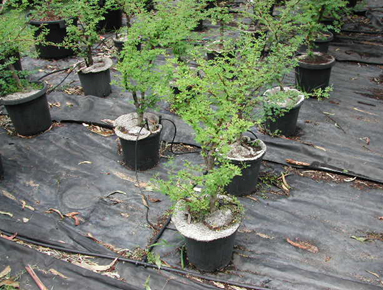|
A biological control project requires an infrastructure extending across at least two, usually distant, countries. Potential agents found in one region must be supplied live and in reasonable number to the other region. This can create all sorts of diplomatic, bureaucratic, political and logistic, in addition to technical
complications. Particularly when a weed's native range, or the distribution of a particularly desirable potential control agent, is restricted to an unfriendly country or a war zone! Even when conditions in the native range are relatively conducive to research, the
weed's rarity or inaccessibility, or the time necessary to grow plants of a reasonable size for rearing and testing, may cause all sorts of problems. Because all potential control agents are not equally easy to find, rear, test or package, depending on the available
infrastructure and the estimated length of the control project and budget, it may be most logical to concentrate on technically
'easy species'.
|

Potted specimens of prickly acacia (Acacia
nilotica).
|
Insects which can be reared on excised tissue, have a short generation time and mate and oviposit readily in small containers are by far the easiest to rear, test and ship. This would include many species of leaf-feeding and seed-feeding
Lepidoptera and Coleoptera.
A potential agent may be difficult to work with for any number of reasons. The idiosyncrasies of a particular species will often not be evident until after the prioritisation process and work has began. Nevertheless some generalisations can perhaps be made. Insects which require living tissues or organs which are not readily reared on young potted plants of the weed are especially difficult. For example, potted specimens of the tree
Acacia nilotica will not flower or pod readily and can not be grown to
'full size'. This makes rearing and testing of flower-galling midges and a cerambycid which ring-barks large branches difficult
(Marohasy 1993). Many species of fly and some species of
Lepidoptera and Hemiptera will not mate or oviposit readily in standard size cages. Some species of gall midge require a fungal symbiont for gall initiation
(Bork and Bissett 1985). Some species of insect may be relatively easy to rear but difficult to transport. For example, psyllids are susceptible to even relatively small fluctuations in relative humidity. |

